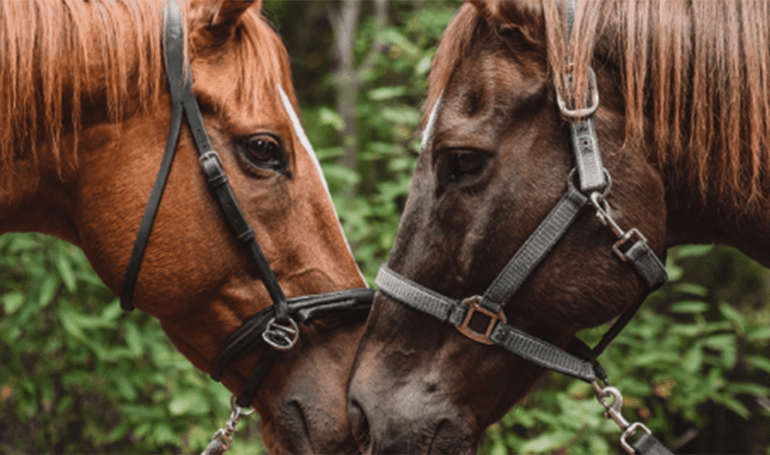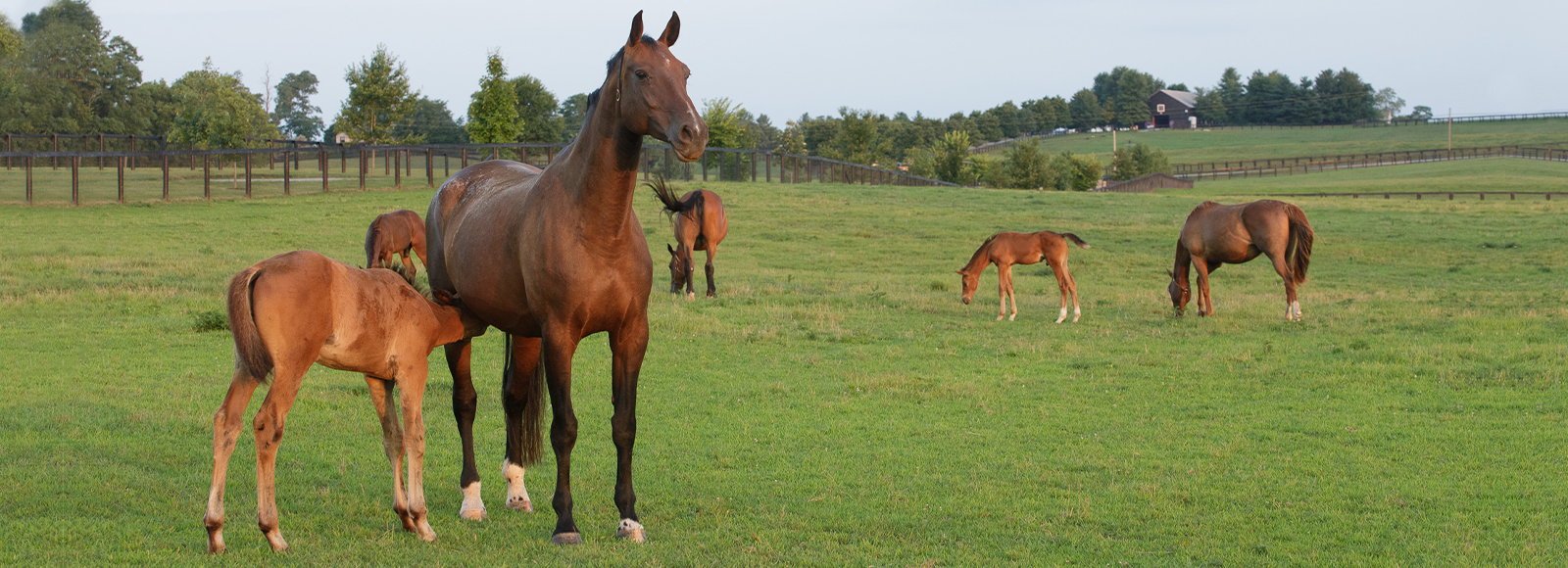
Equine Health Library
Broodmare
Broodmare Overview
Your mare’s body goes through a lot in order to grow and deliver a foal that weighs 10 percent of her body weight. During her 11-month gestation, you can gauge some of what’s going on inside by how your mare looks on the outside.
Key healthcare action items
- Annual physical including eye, dental and lameness exams as well as body condition scoring. If mares are significantly overweight, a weight-reduction plan should be in effect prior to breeding rather than attempting weight loss during pregnancy.
- Breeding soundness exam for older mares, maidens and mares with a history of breeding or foaling problems. Exam may include a rectal palpation and ultrasound exam per rectum, speculum exam, uterine culture, cytology and biopsy and/or video-endoscopy of the reproductive tract.
- Older mares may benefit from endocrine testing for Cushing’s disease.
- Timely fecal egg counts and appropriate deworming regimens depending on management and risk of exposure.
- An active broodmare needs more frequent vaccination against certain diseases such as EHV-1 and other diseases that threaten pregnancy and/or the foal (e.g., rotavirus, botulism). Timing of vaccinations is critical.
Wellness & Prevention
Immunology
There’s a lot at stake when your mare is pregnant. Not only do you want to keep her healthy and strong, you also want to protect the life of the unborn foal.
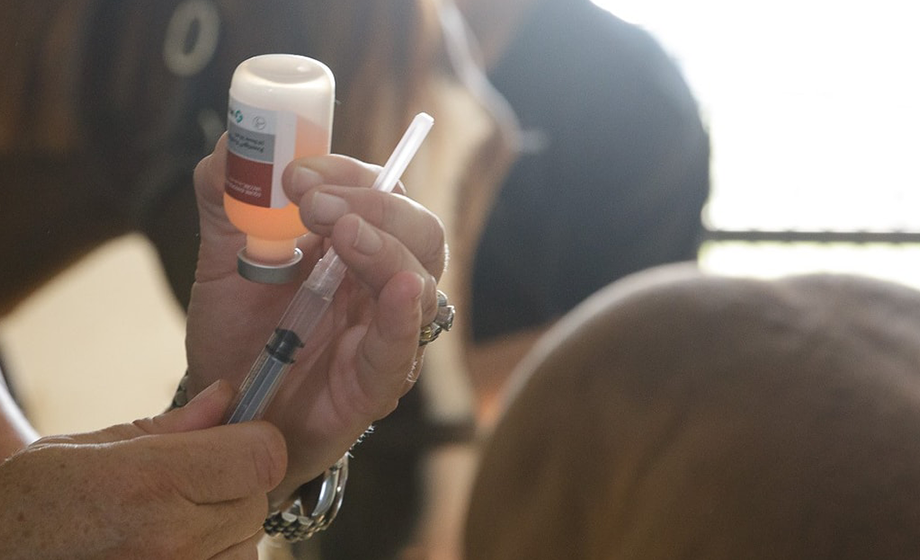
Parasitology
Strategic deworming is an essential ingredient of preventive health care for all horses, including broodmares.
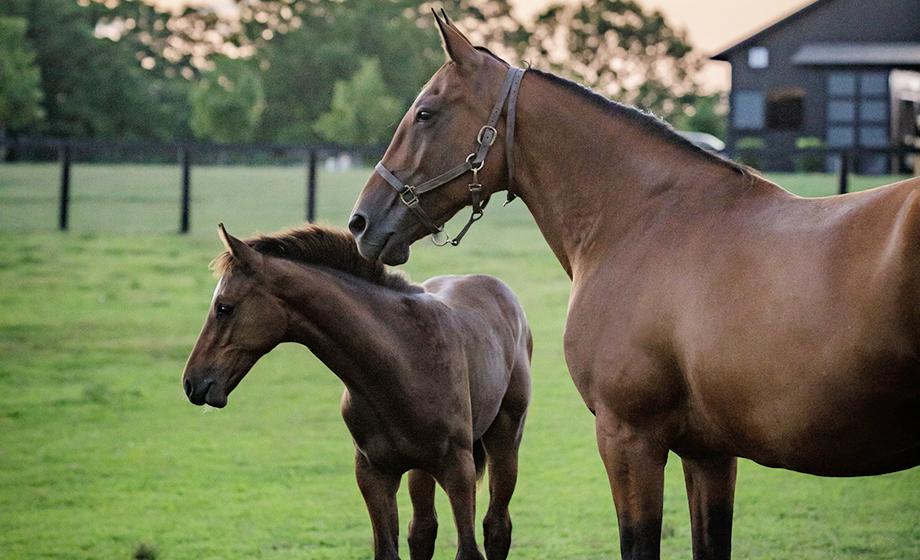
Nutrition
When feeding your pregnant mare, you’re really feeding for two, it’s a fine balance between not enough body weight and too much.
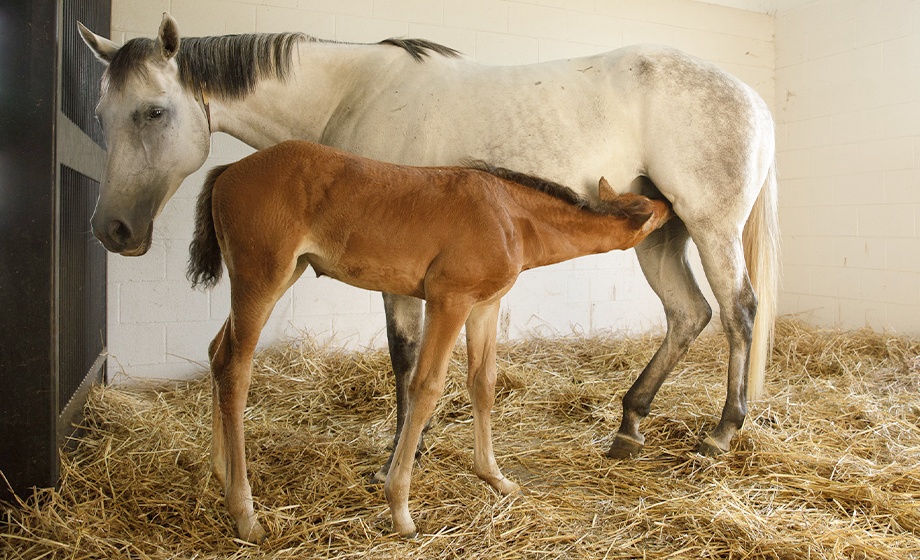
Dental Care
Mares need a dental exam at least once each year.
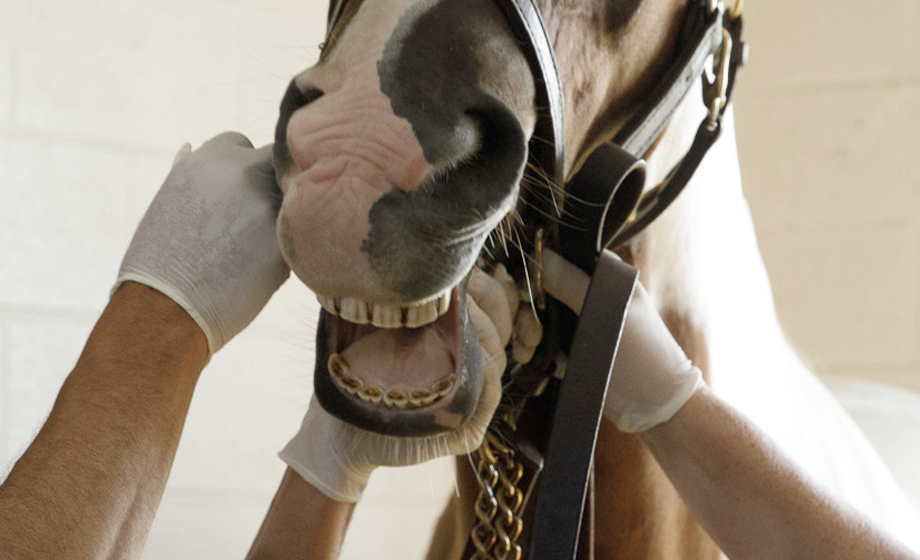
Hoof Care
Taking care of your horse’s hooves is one of the most important things you can do to keep your mare sound and healthy.
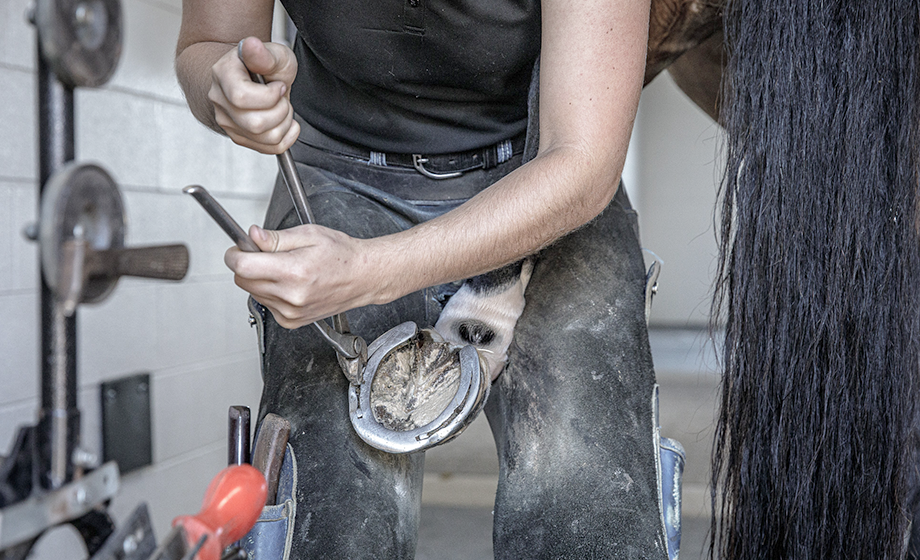
Health Conditions & Concerns
Gastrointestinal
Post-partum mares are at increased risk for several different forms of colic.
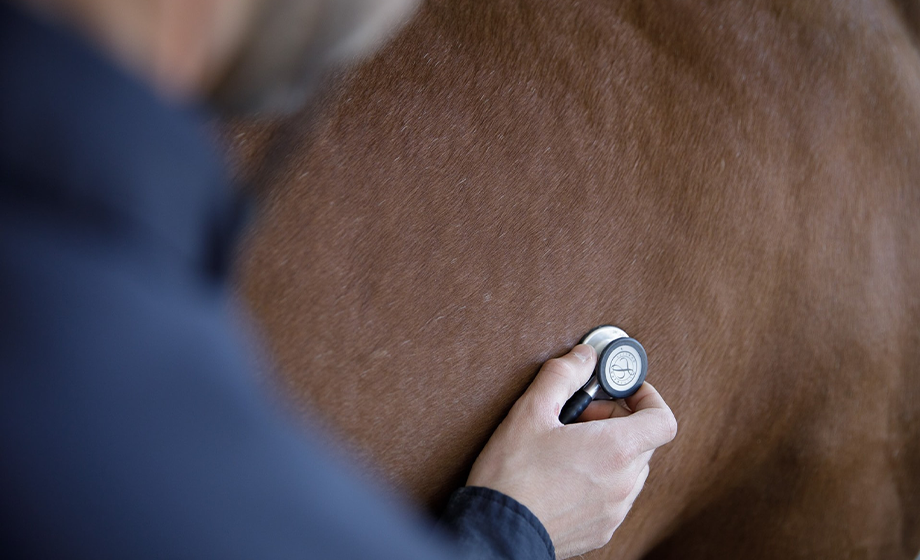
Respiratory
As with any horse, a mare’s risk of developing infectious upper respiratory disease is elevated if exposed to multiple environments and horses.
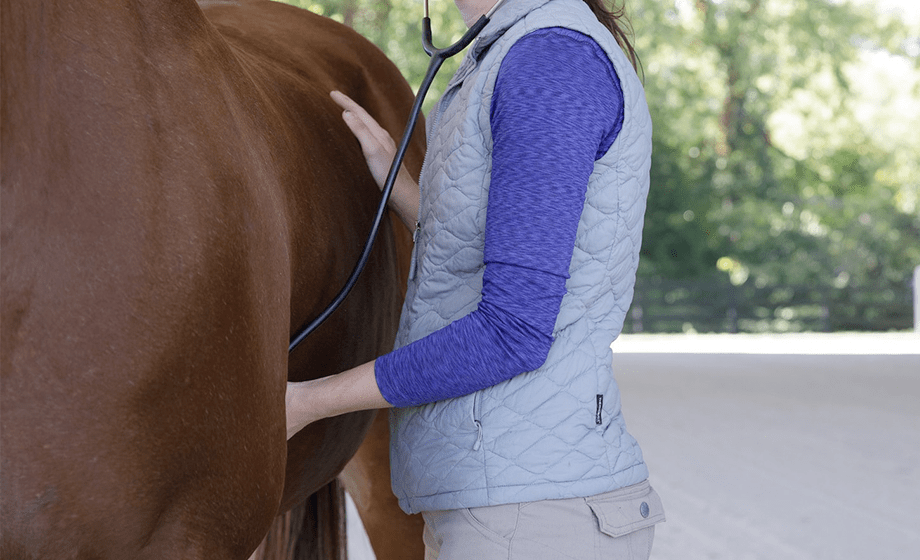
Musculoskeletal
A rupture of the prepubic tendon and/or abdominal hernia is a breakdown of the body wall of pregnant mares. This is more common in older draft mares and other heavy breeds.
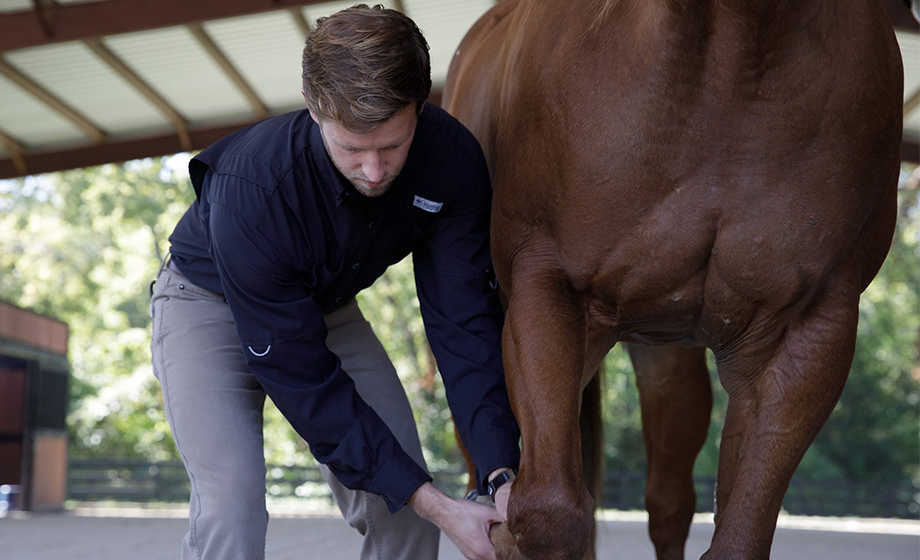
Endocrine
A mare’s body and hormones go through many changes during pregnancy.
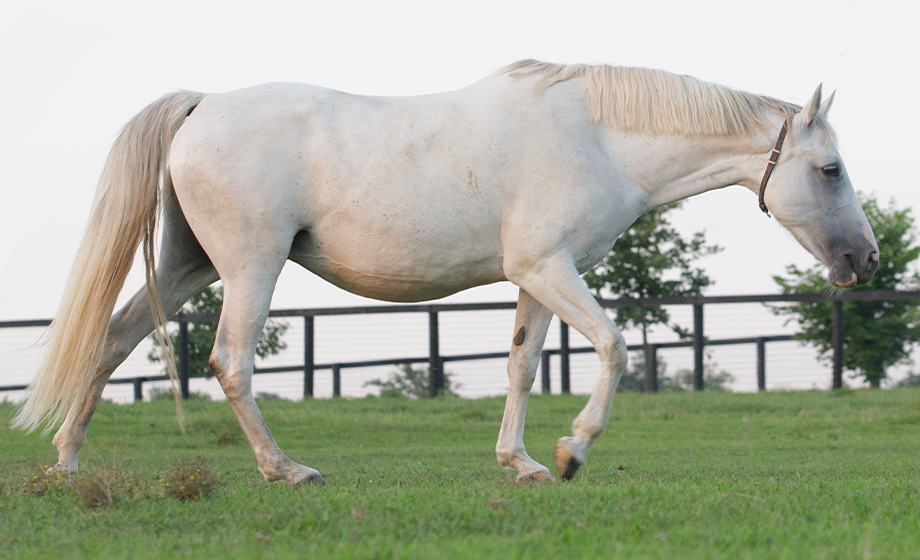
Breeding
Ovulation
Identifying the time of ovulation is crucial for efficient breeding.
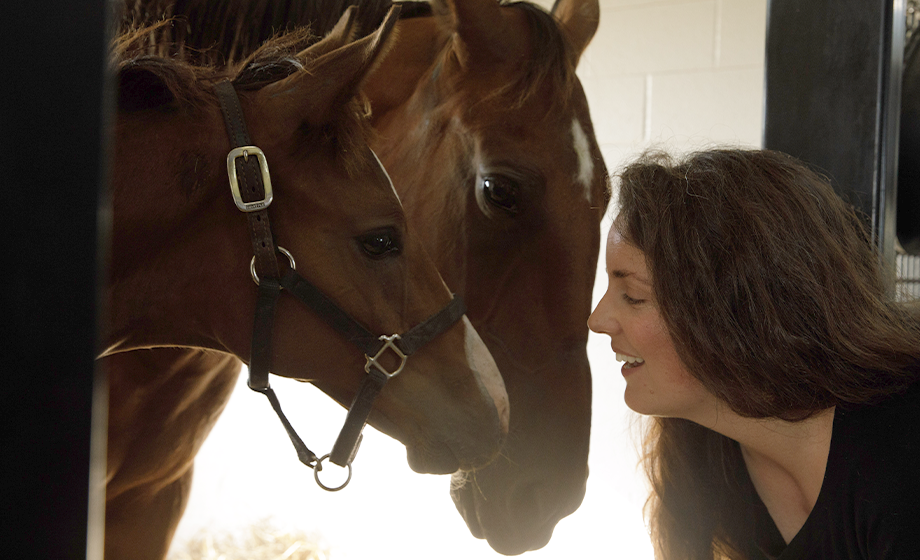
Pregnancy
During winter and early spring, open mares experience winter anestrus followed by a transitional period preceding the onset of regular estrous cycles.
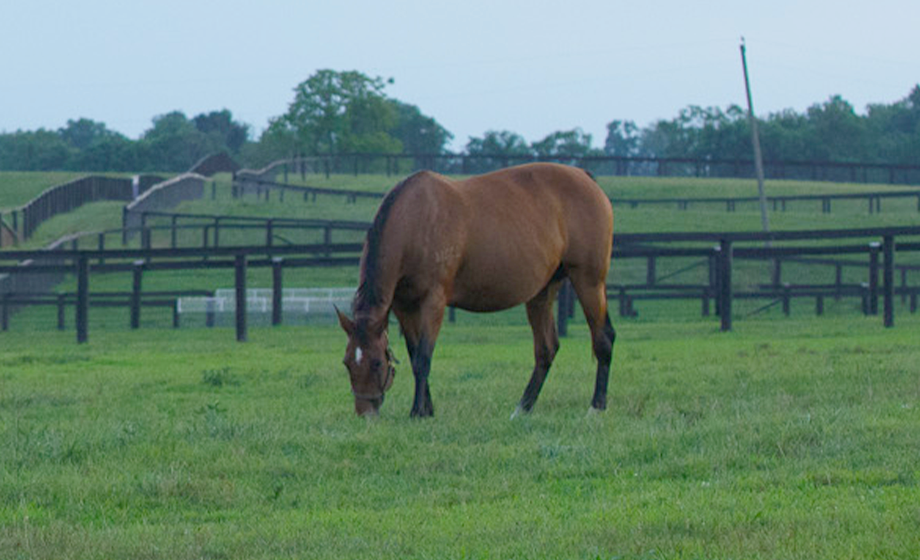
Foaling
It may seem like waiting for the birth of a foal takes an eternity, but the average gestation length for most mares is 335 to 342 days (range 320 to 350 days depending on foal gender, nutritional status and day length).
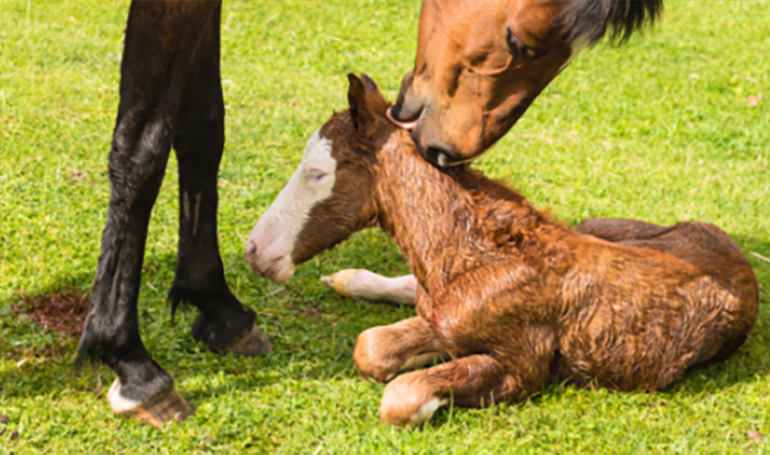
Post Foaling
Soon after your mare delivers, her mammary secretions should be opaque, thick and sticky – indicating good quality colostrum.
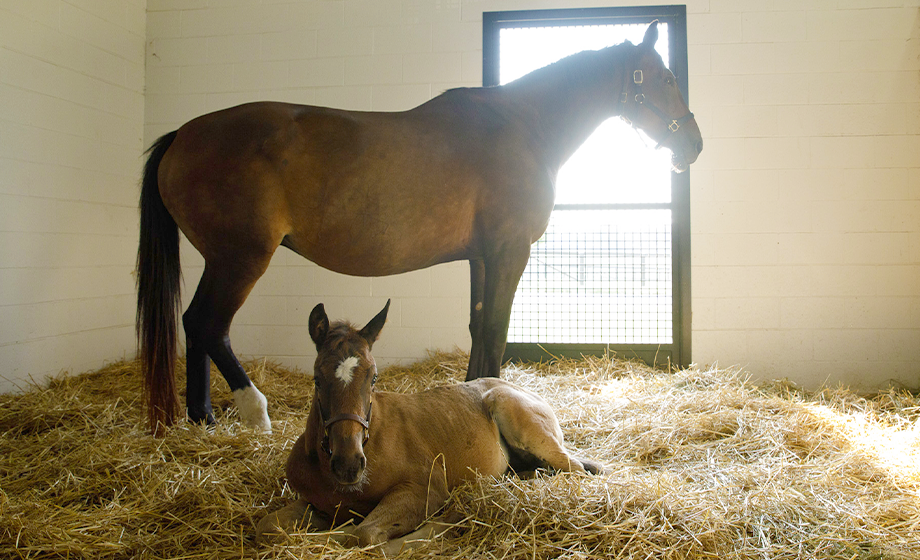
Stallion Health
Before entering breeding season, have a veterinarian give your stallion a physical exam. He should be current on vaccinations and dental work, properly dewormed, physically sound and on a performance-horse nutritional program.
